2000.11.07 10:20
Re: two for the road
I like what you say about not recalling "another film that, structurally, collages space and time in that particular way." Two for the Road does indeed collage space and time, but I was never sure how unique its particular method of cinematically doing so might be. In any case, it's worth noting that the collage here very effectively relates a narrative, specifically a 'modern' life narrative. Is the film's "collage of space and time" a (romantic) reflection (i.e., mirror) of modern life itself?
Could it be that the age old narrative journey motif's (Homeric epic) modern replacement is the narrative 'vehicle' motif?
2001.01.16
virtual architecture
I agree whole-heartedly that cyberspace offers a "parallel" realm within which to design and 'build'. The term I've used instead of parallel is 'other', as in the best architecture in cyberspace is something other than the architecture of the real world. I too am not interested in seeing the architecture of cyberspace merely being a reenactment of the real world. The real world of architecture already does an excellent job of reenacting itself.
2001.11.26
Piranesi's Continual Double Theaters
The subject of double theaters starts with Bernini's play--the Baroque ending for sure--and it is Piranesi that continues this Baroque design technique. Oddly, the double theater aspect of Piranesi's design methodology has yet to be recognized by designers or design theorists or critics.
A short list of Piranesian double theaters:
1. check for possible examples in the Prima Parte.
2. the two states of the Carceri.
3. Wilton-Ely's example of mirrored precedent for one of the Carceri.
4. the overall double--Pagan-Christian--narrative of the Ichnographia Campus Martius, with the Scenographia as the empty stage set.
5. the double directional Triumphal Way.
6. the axes of life and death.
7. the axes of love and war.
8. the Mars - St. Agnes axis.
9. the theatrics of satire--Horti Luciliani.
10. the (literal) double theaters-- Marcellus and Balbi.
11. the "circus act".
12. the back versus front of the altar.
13. the two sets of cochinae--is the snail its own double theater in that it self propagates, i.e., fulfills both sex roles individually? does this relate to the intercourse building?
14. the "rise and fall" (of Imperial Rome) as delineated by the two Busti Busti.
15. it seems a case could be made regarding the working together of two mediums--plan delineations in combination with Latin labels.
2001.12.09 11:05
Re: Plato's Cave
Theatrics Times Two, too
This just might be the place where "illusion reenacts its realistic mirror."
| |
2001.12.13 16:26
Re: egoscrapers
Try first watching The Ruling Class and then watch The Belly of an Architect. The former most entertainingly depicts the double theater of freedom and control, while the latter architecturally (and somewhat boringly) depicts the double theater of delusion and grandeur (or is that what The Ruling Class depicts, and vice versa?).
[Be on the look-out for the Electromagnetic Messiah is The Ruling Class--he's a pure joy. And then, in The Belly of an Architect, spy how Boullee is nakedly reduced to the phallacy of it all.]
ps
Allen's Deconstructing Harry is likewise great double theater, as is the sad 'reality' of The Legend of Rita. Now it's time to watch Mary, Queen of Scots. Or should it next be Women in the Verge of a Nervous Breakdown?
2002.02.13 10:13
a double [post-cinematic] theater?
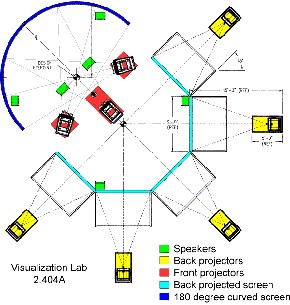
The plan displayed looks like an actual double theater of sorts.
2002.02.24 14:53
Re: Monument to King Victor Emmanuel II
It just so happens that images of the Monument to King Victor Emmanuel II are already within "Theatrics Times Two". These images are stills from the movie The Belly of the Architect, and they form a kind of double theater with still images from the movie The Ruling Class. It was (at least) the pictorial symmetry of both films that led me to compare them. The story lines of each film also play out a double theater. The Ruling Class is especially recommended viewing.
| |
2002.05.25 13:17
CQ MO
Since revisiting the Bernini double theater that I read about almost 25 years ago, I've come to greatly admire the creative fecundity of double theaters as both a means and an end within the creative process. There is something almost magical about working with a vehicle/medium where there are literally twice the possibilities and where inversion (of self, for example) and mirroring (again of self, for example) provide, again, double the possibilities. Or is it all just 'too much play(ing)' in what is really just a virtual place?
2003.06.25 16:50
top 5 movies with great architecture or regarding architecture
Did you know that when a depiction of Boullée is shown in The Belly of the Architect, the image is actually that of Piranesi?

Just over a year ago there was a display within "Theatrics Times Two" at www.quondam.com that compared the symmetry of The Ruling Class with the symmetry of The Belly of the Architect. I think Greenaway was much influenced by The Ruling Class.
2003.08.07 13:08
Re: Colors of the season
The last time I purposefully read anything on color (almost 10 years ago) was John Shearman, "The Functions of Michelangelo's Color" in The Sistine Chapel: A Glorious Restoration (New York: Harry N. Abrams, 1994).
An arbitrary quotation from p. 88:
"Michelangelo's restless experimentation produces much inconsistency."
2003.08.31 13:28
Re: Evolutionary theory and architecture
Going back to Alex's initial statement, "In my continuing research into the history of architecture I am continually surprised by the lack of an adequate theory of change to explain the shift from style to style. At the same time I have become increasingly aware of the power of evolutionary theory to explain the concept and mechanisms of change," I am curious which shifts from style to style are being referring to. Are they the shifts from Greek to Roman to Early Christian to Romanesque to Gothic to Renaissance to Mannerist to Baroque to Rococo to Neo-Classicism to Eclecticism to Modernism to Post Modernism to today's architecture? Furthermore, what exactly substantiates the claim that an "adequate theory of change" is lacking from the explanation of shifts from style to style?
| |
 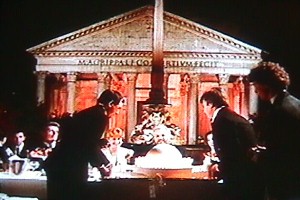  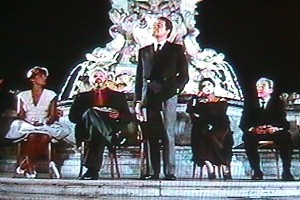  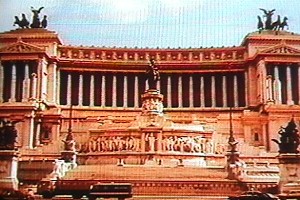  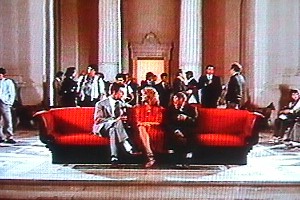 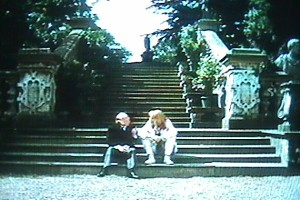 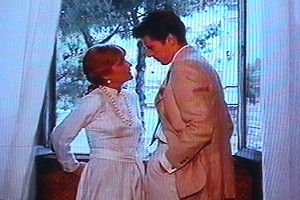
|